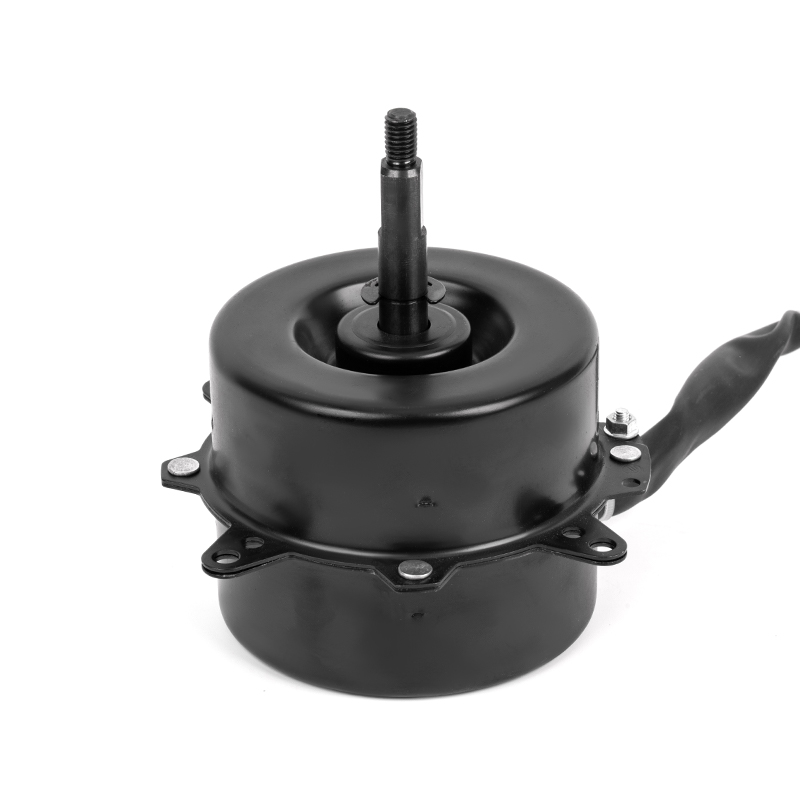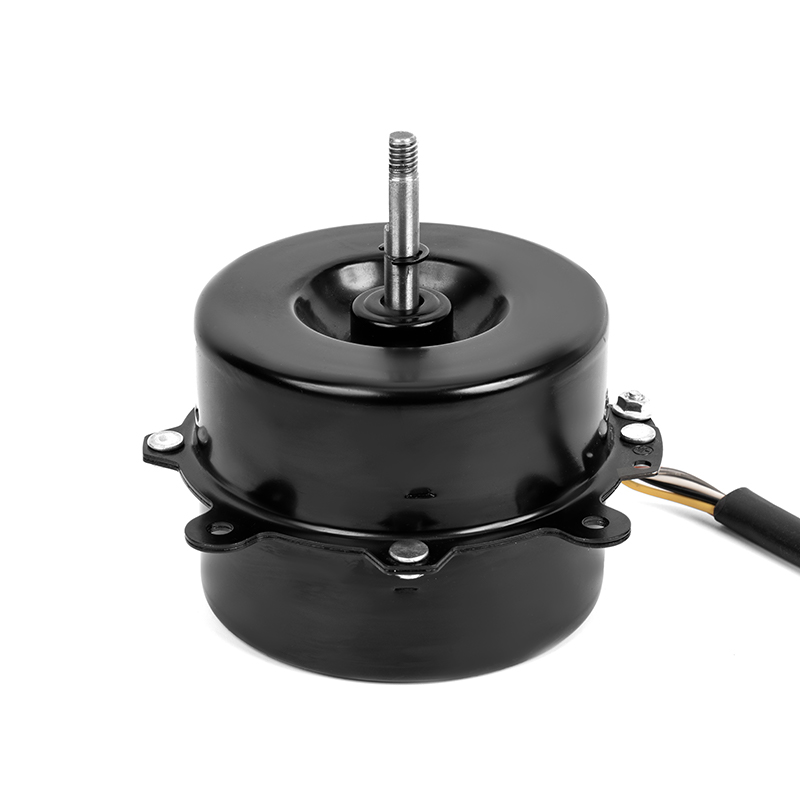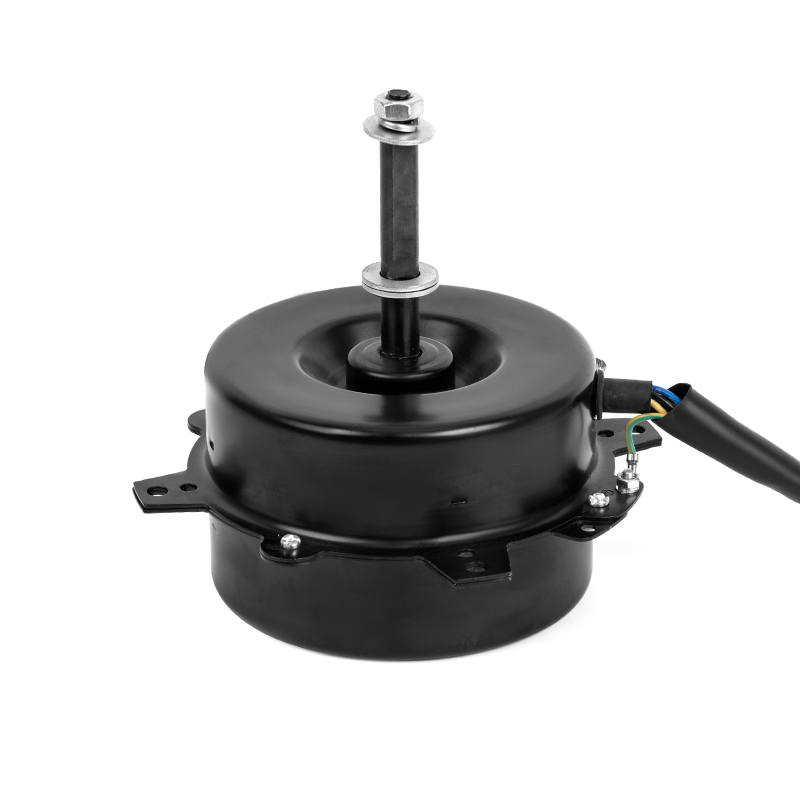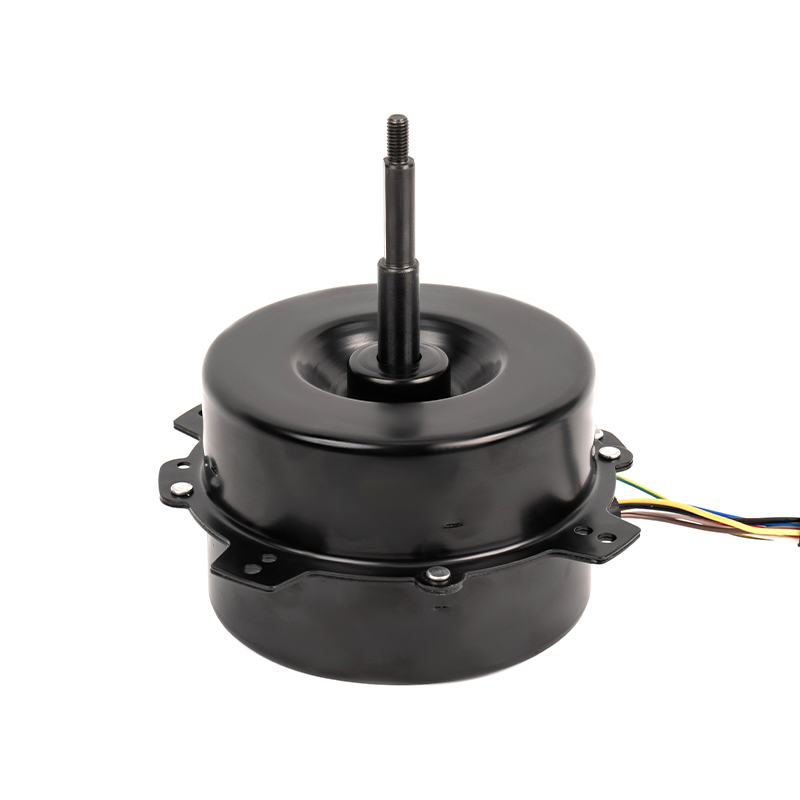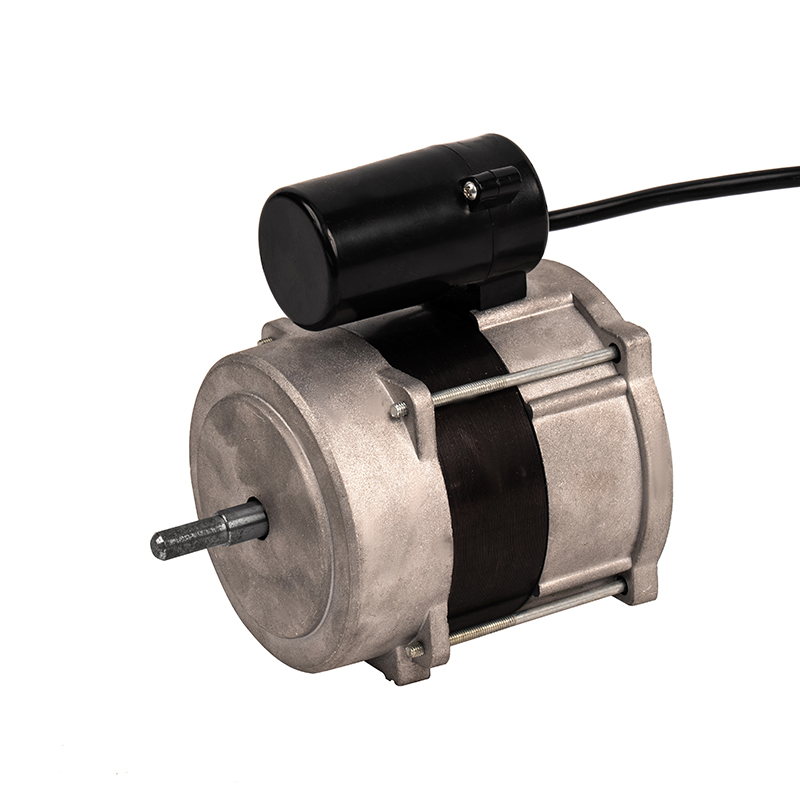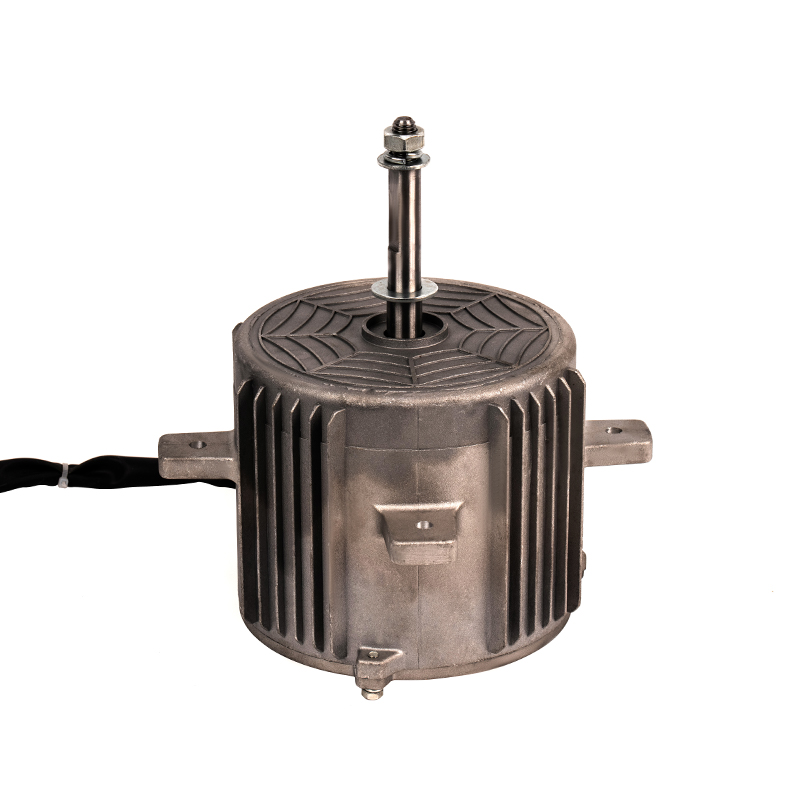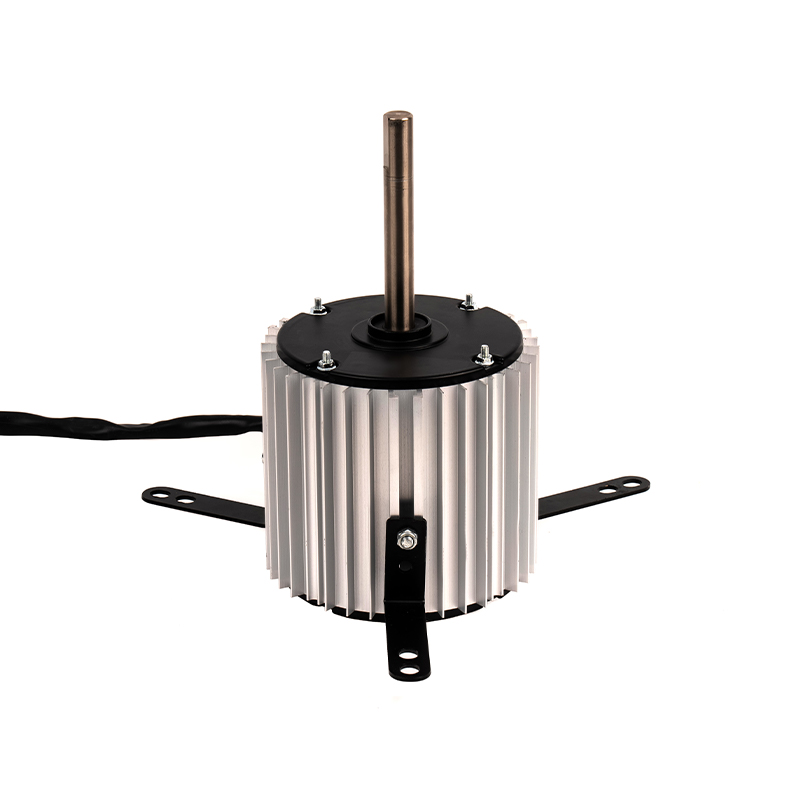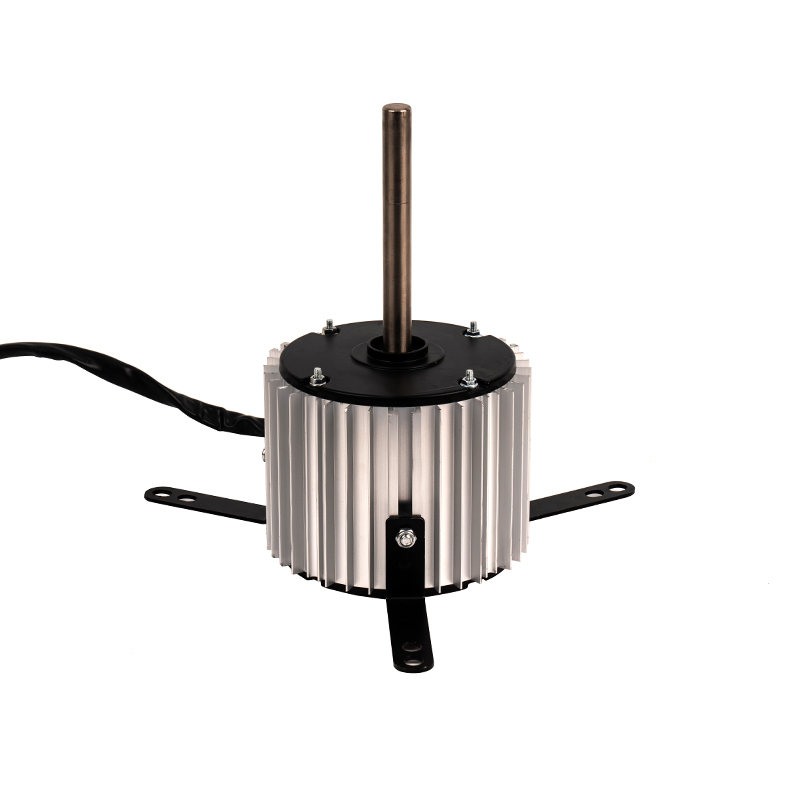The stator and rotor of single-phase cold air AC motor are meticulously engineered to reduce electrical and mechanical losses that generate internal heat. Laminated steel cores are employed in both the stator and rotor to minimize eddy current formation, which significantly reduces resistive heating. The windings are precisely arranged to optimize current distribution and reduce hotspots, improving overall electrical efficiency. The rotor, often constructed as a ventilated squirrel-cage or with strategically designed slots, allows for internal airflow that moves heat from the rotor bars toward the motor housing. High-precision manufacturing ensures tight tolerances between rotor and stator, minimizing friction at bearings and air gaps, which further reduces thermal generation. These design choices collectively ensure that the core and windings remain within safe temperature limits, even during continuous operation under high cooling loads.
Single-phase cold air AC motors often integrate internal airflow channels that direct air over critical components such as windings, rotor, and stator laminations. Open or semi-enclosed motor designs include intake and exhaust vents that facilitate natural airflow, enhancing convective heat transfer. Some motors incorporate a fan mounted on the rotor shaft, which actively draws air through the motor to dissipate heat efficiently. The fan is designed to optimize laminar and turbulent flow over the stator and rotor surfaces, preventing hotspots and maintaining uniform temperature distribution. These ventilation systems are particularly important in continuous-duty applications, where sustained cooling loads generate steady heat that must be removed to preserve motor performance and longevity.
The motor housing, end bells, and other external components are typically constructed from high-thermal-conductivity materials such as aluminum or die-cast alloys. These materials rapidly transfer heat from the internal components to the surrounding air. In addition, many housings feature fins or ribbed surfaces to increase the surface area available for heat dissipation, facilitating natural convection. Polished or coated surfaces may further improve radiative heat loss. By combining conductive materials with optimized surface geometries, the housing effectively prevents localized thermal buildup, ensuring the windings and rotor maintain safe operational temperatures during extended use.
High-quality insulation materials, such as Class B, F, or H rated insulation, are used in the windings to withstand elevated temperatures generated during continuous operation. This insulation preserves electrical integrity even under prolonged heating, preventing breakdown or short-circuits. Many motors are also equipped with thermal sensors or embedded thermal cutouts within the windings. These devices continuously monitor the internal temperature and can trigger protective shutdowns if critical temperature thresholds are exceeded. By combining robust insulation with active thermal monitoring, the motor can safely manage continuous cooling loads without risk of overheating or permanent damage.
The motor’s fan design is critical to maintaining effective heat dissipation. Fan blades are engineered for high-efficiency airflow with minimal energy consumption, creating a consistent stream of air over the rotor and stator. In enclosed or ducted applications, the airflow paths are carefully modeled to avoid stagnant zones where heat could accumulate, ensuring uniform cooling throughout the motor. The combination of fan-assisted airflow and proper channeling of air ensures that thermal energy generated internally is rapidly expelled, maintaining the motor’s temperature within safe operating limits even during extended operation at full load.
Through the integration of laminated cores, ventilated rotor designs, high-conductivity housings with fins, optimized fan systems, advanced insulation, and thermal monitoring, single-phase cold air AC motors achieve stable temperature control and effective heat management. This comprehensive design ensures consistent airflow, prevents overheating, and preserves insulation integrity, even under continuous cooling loads. The result is reliable, efficient, and long-lasting motor operation, minimizing energy losses and maintenance requirements while maintaining performance standards in residential, commercial, or industrial air conditioning applications.



 English
English عربى
عربى ++86 13524608688
++86 13524608688


